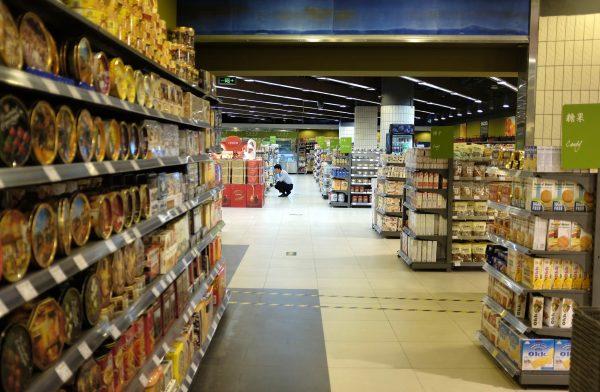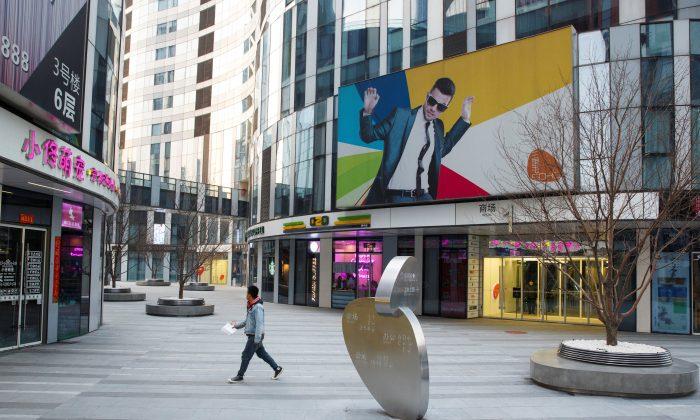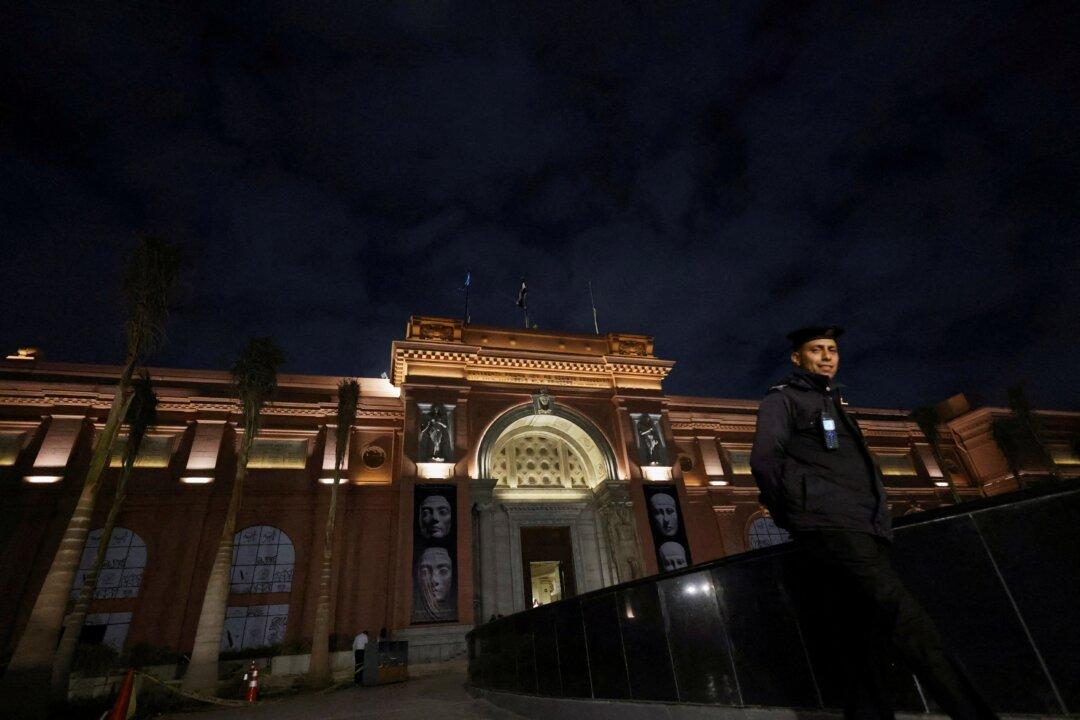SHANGHAI—Sales by China’s retail businesses during the Lunar New Year holiday rose 8.5 percent from a year earlier, pushing up consumer stocks on Feb. 11, but a cooler pace of growth added to evidence the economy is slowing.
The Ministry of Commerce, in a notice on its website Feb. 10, said retail and catering enterprises had revenue of over 1 trillion yuan ($148.3 billion) between Feb. 4–10 during the holiday.
It attributed the increase to stronger sales of new-year gifts, traditional foods, electronic products, and specialty products.
The holiday is considered a barometer for Chinese private consumption as it is the time for family reunions and gift-giving.
On Feb. 11, when China’s financial markets reopened, the blue-chip index rose 1.8 percent, and the consumer staple index surged 4 percent.
Liquor maker Kweichow Moutai Co. jumped nearly 5 percent, while home appliance makers Gree Electric Appliances and Midea Group closed up 2.7 and 4.1 percent, respectively.
But the growth rate for holiday retail sales fell to its lowest since at least 2011. During the 2018’s Lunar New Year holidays, the annual increase was 10.2 percent.
Nomura analysts said the fresh data indicated how consumers were further tightening their belts, and noted that it was the first time Lunar New Year retail sales recorded single-digit growth since the government started publishing data in 2005.
“Weak consumption during the Lunar New Year holidays in 2019 does not bode well for overall retail sales growth,” Nomura said in a note on Feb. 10.
Domestic tourism during the new year break generated revenue of 513.9 billion yuan, up 8.2 percent on the year, with the number of trips rising 7.6 percent to 415 million, the state-run Xinhua said on Sunday.

Slowing Growth
Domestic consumers were the main engine behind China’s economic expansion last year as other growth drivers such as manufacturing and trade faltered, but their spending has already showed signs of softening.The topic of how much people spent over the holiday was widely discussed on Chinese social media, with some netizens saying they stayed home to save money while others said they borrowed money to celebrate.
“My hard work that went into achieving one year of savings is no match for the short Spring Festival [Chinese New Year] holiday,” said a post on Weibo that garnered over 5,000 comments.






Friends Read Free